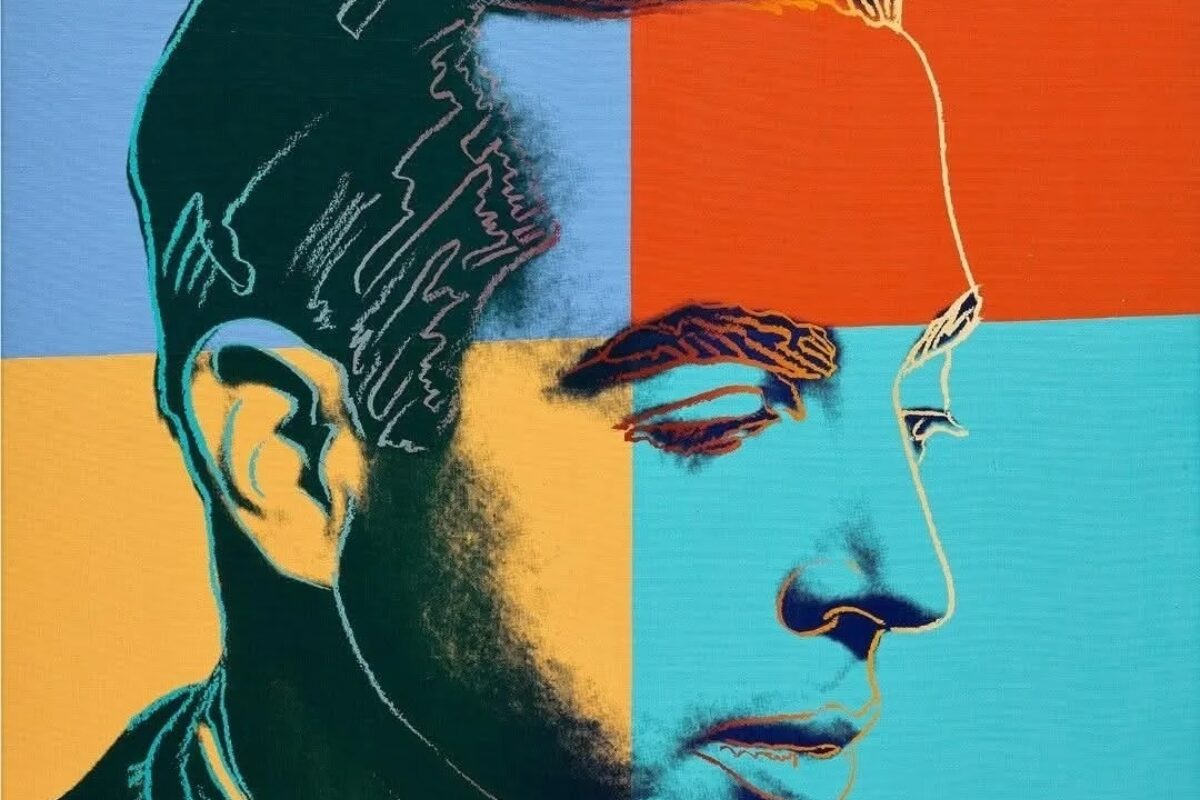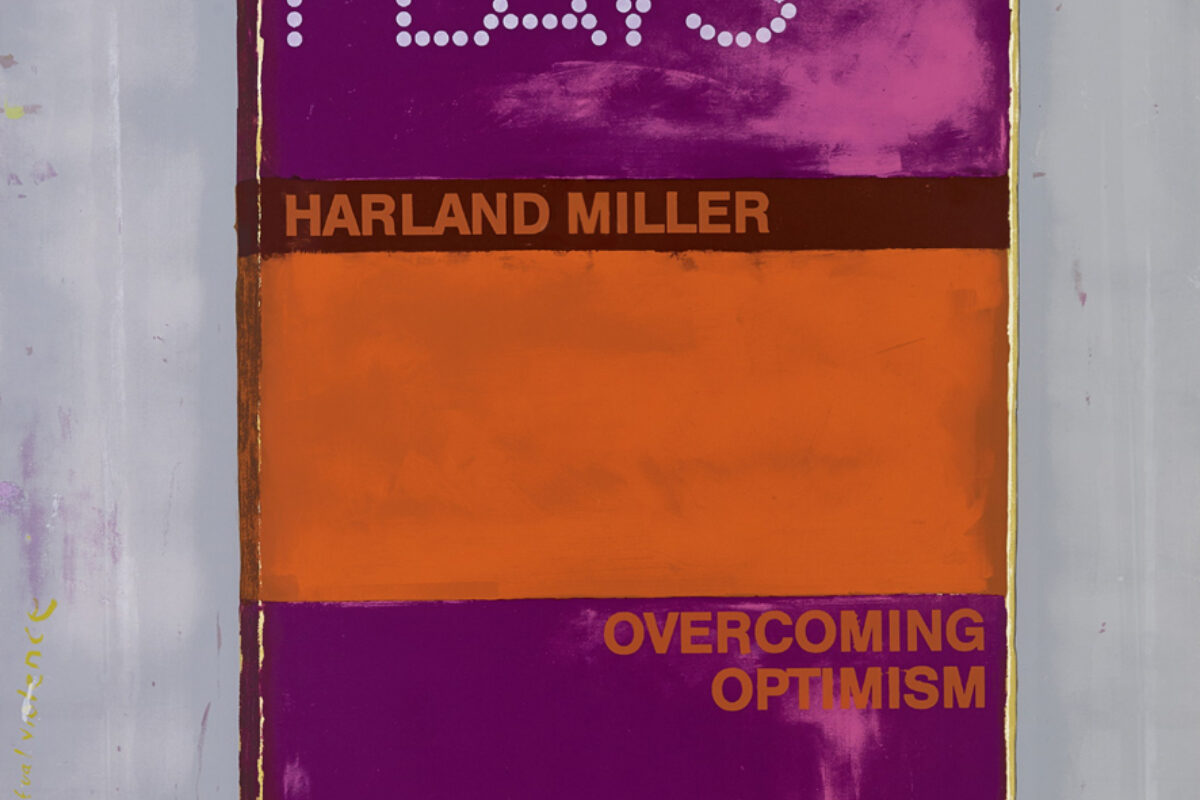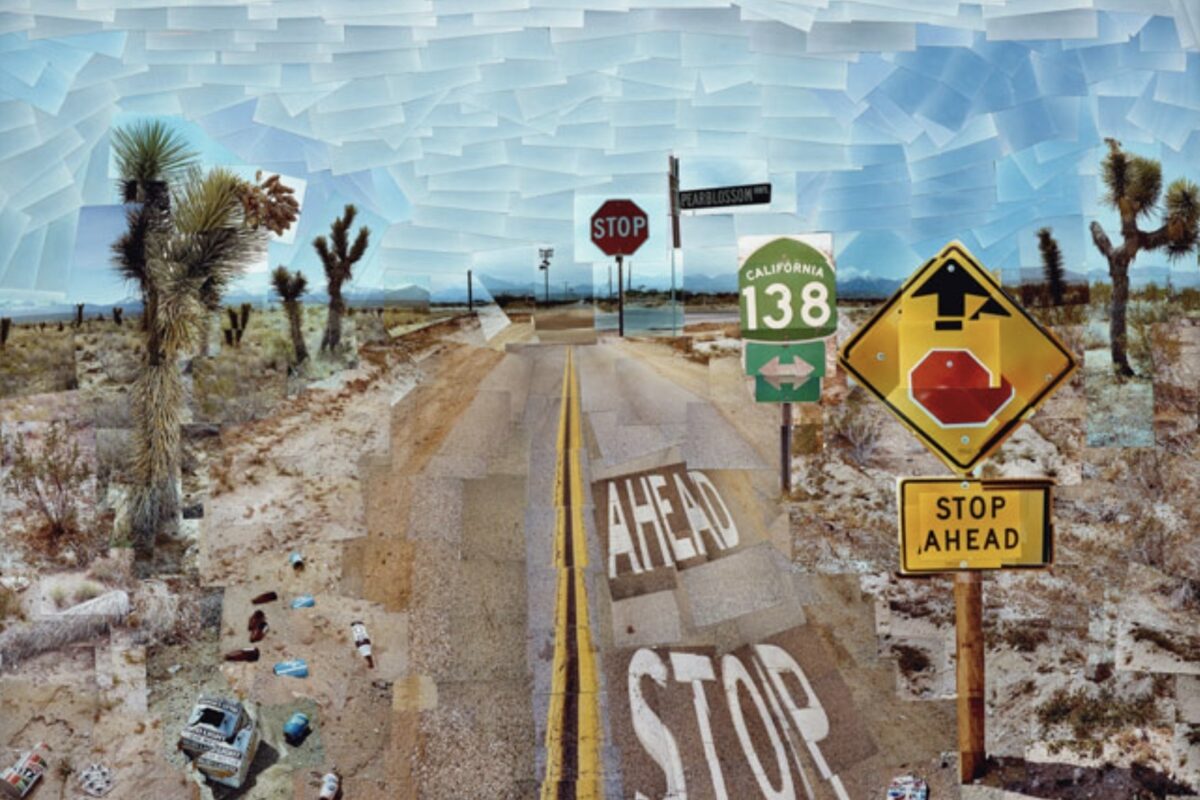Since becoming a full-time artist in 2019, Kostas Papakostas has exhibited internationally and his beautiful, intuitive paintings can be found in private and corporate collections.
The London-based artist has kindly carved out some time in his busy schedule to speak with us at Hang-Up, and we couldn't be happier. Join us as we delve deeper into his creative ethos, his unique approach to colour, and his upcoming projects for 2024.
KP: They complement each other.
My paintings look inwards while my videos look outwards to the world.
Video has the power to transform the mundane into contemplative and I use it as an observatory medium, usually with a series of static shots, through which I examine nature and the human condition.
My paintings on the other hand have a constant flow and movement. They are a result of a visceral and physical process, which comes from a place where thought, judgment and expectations do not matter.
KP: I don’t plan my paintings in advance, they are the result of an intuitive process, which creates space for unpredictability and invites imperfections. Both these elements are at the core of my process.
I custom-make my brushes and am currently learning to make my own pigments but the preparation is primarily mental. Sometimes it takes hours, days or even weeks until the conditions feel right to push my brush against the canvas.
Once I am in that space a natural flow of work emerges.
I work in solitude. I lay my canvas on the floor and I move continuously around it creating layers with intuitive gestures until the painting breaks free from my control and starts to develop its own destiny. This is when it all happens.
I never go back to make changes, each piece is a recording of a gesture or a choreography that extends beyond me.
KP: My paintings are mostly monochromatic. I am interested in a narrative that triggers emotion through tension, texture, rhythm, movement and depth and I find that monochrome reveals these qualities in their rawest, most honest form.
I select the colours in advance in order to minimise any decision-making during my process. If I feel that a colour carries the desired energy, I will sometimes spend three or four months working with just that colour. It is often a liberating and healing affair.
KP: I find that our physical and cultural environments can bring us stability and safety but they can often limit us within their conditioning and habits. Being in a new place and meeting artists from different environments and with completely different views has always been an enriching part of my practice.
In winter I joined an artists' collective in Indonesia and worked alongside traditional calligraphy masters and studied different calligraphy techniques and styles.
There are a lot of similarities between my process and the process of traditional Asian asemic calligraphy techniques. It's a very long and profound tradition that fascinates me, especially the Chinese abstract calligraphic expression and the Zen asemic writing that goes beyond the formal representation.
KP: After travelling in Asia working alongside different artists, researching and experimenting with new materials and techniques, now I've returned to London, I will continue developing my current series and hopefully find the time to experiment and develop a new body of work.
In late spring I will be having a show in Korea and I am also planning to get some new work together for a show in New York and Biarritz, hopefully at the end of the year.
In between, I have a couple of large-scale commissions to complete, so it looks like it's going to be a very busy year.
KP: I would love to take over a large space, ideally an abandoned building and turn it into a creative playground that explores nature and humanity under the prism of impermanence.
Contrary to a complete and finished show, visitors would be invited to enter the space and observe the ongoing cycle of the development and regression of the work as it happens.
I envision it to be a fully immersive and spiritual experience where the visitors will become and feel a part of that cycle.
If you have any questions regarding Kostas Papakostas or any of his artworks, please do not hesitate to get in touch.


































